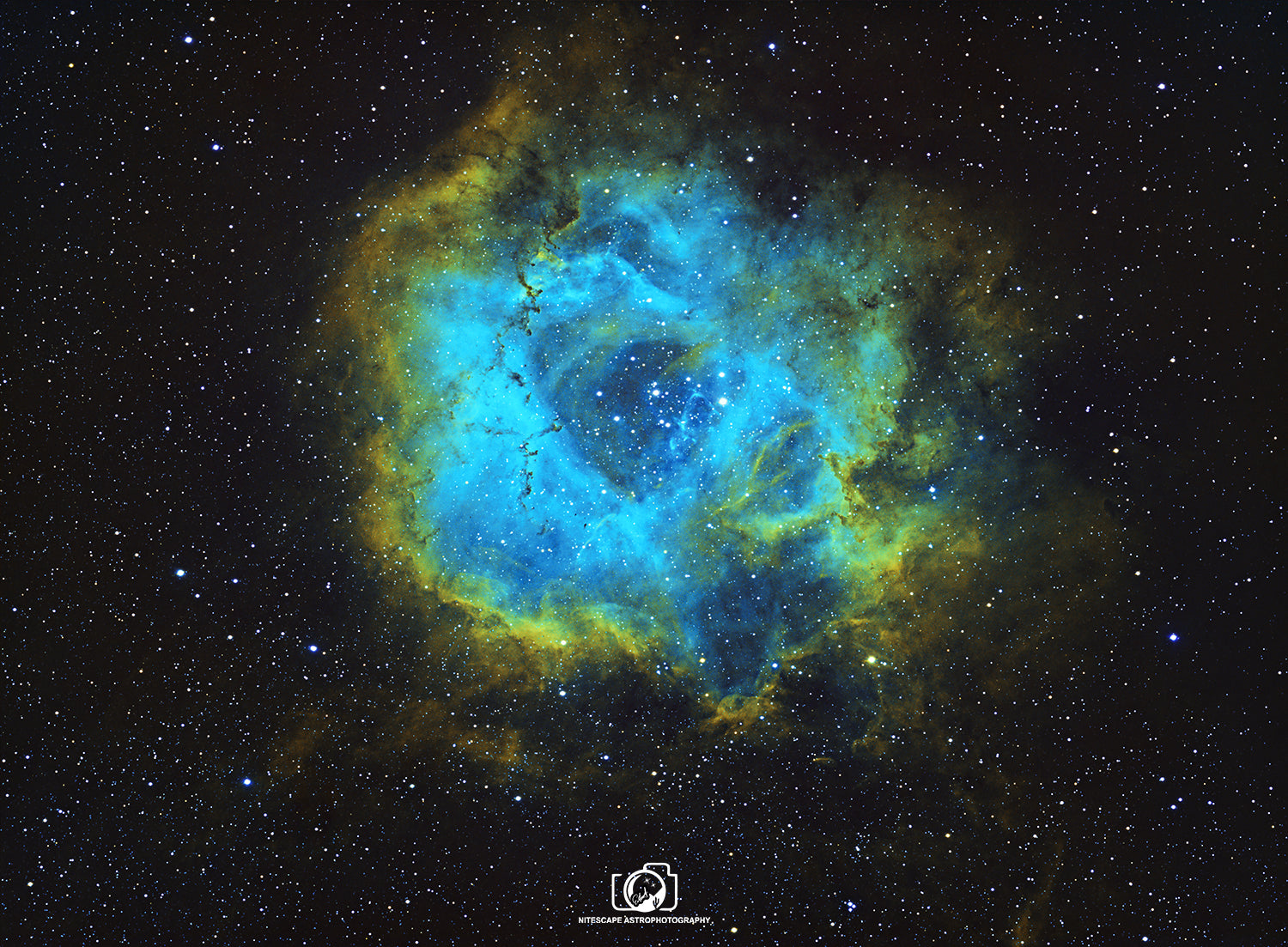Astrophotography is a unique art form that captures the beauty of the universe through the lens of a camera. However, traditional astrophotography has its limitations due to light pollution and other factors that can distort the quality of the image. That's where narrowband astrophotography comes in. With the ability to isolate specific wavelengths of light, narrowband astrophotography opens up a whole new world of possibilities for capturing stunning images of the universe.
What is Narrowband Astrophotography?
Narrowband astrophotography involves using specialized filters to capture specific wavelengths of light emitted by celestial objects. By isolating these narrow bands of light, astrophotographers can produce high-contrast images with minimal interference from light pollution and other atmospheric conditions.
The most common filters used in narrowband astrophotography are the Hydrogen-alpha (Ha) filter, the Oxygen-III (OIII) filter, and the Sulfur-II (SII) filter. Each of these filters captures a different wavelength of light emitted by celestial objects, and combining these images produces a full-color image of the object.
Hook: "Unleash the Hidden Beauty of the Universe with Narrowband Astrophotography"
Why Use Narrowband Filters for Astrophotography?
Narrowband filters offer several advantages over traditional broadband filters for astrophotography. Here are some of the main benefits:
-
Improved Contrast: Narrowband filters block out most of the light pollution and atmospheric haze that can obscure the object being imaged. This leads to higher contrast images with greater detail.
-
Greater Flexibility: Narrowband filters can be used even under moonlit conditions, which is a major limitation for traditional broadband filters. Additionally, narrowband filters allow astrophotographers to capture images of celestial objects that would otherwise be impossible to capture due to their location or the atmospheric conditions.
-
Increased Depth: Narrowband filters allow for the capture of multiple images of the same object using different filters. These images can be combined to produce a multi-layered, detailed image that highlights the object's features and depth.
How to Get Started with Narrowband Astrophotography?
To get started with narrowband astrophotography, you'll need a few key pieces of equipment:
-
A Telescope: A telescope with a motorized mount is essential for capturing sharp, focused images of celestial objects.
-
A Camera: A DSLR or mirrorless camera that can shoot in RAW format is recommended for astrophotography. Some cameras can be modified for astrophotography, which involves removing the infrared blocking filter to allow more of the Ha wavelength to pass through.
-
Narrowband Filters: Ha, OIII, and SII filters are the most commonly used narrowband filters in astrophotography. The filters can be expensive, so it's recommended to start with one filter and expand your collection as you become more experienced.
-
Image Processing Software: Software such as Adobe Photoshop or PixInsight can be used to stack and process the images captured with the narrowband filters.
Narrowband astrophotography is a game-changer in the world of astrophotography. With the ability to isolate specific wavelengths of light, astrophotographers can produce stunning images of the universe with minimal interference from light pollution and atmospheric conditions. Whether you're a seasoned astrophotographer or just starting out, narrowband astrophotography is a technique worth exploring. With the right equipment and a little bit of practice, you can capture images that showcase the hidden beauty of the universe in a whole new light.
I hope you have enjoyed this article. If you would like further information, please contact us at NiteScapeastro@mail.com or visit our website at https://nitescapeastrophotography.com/




Leave a comment
This site is protected by hCaptcha and the hCaptcha Privacy Policy and Terms of Service apply.